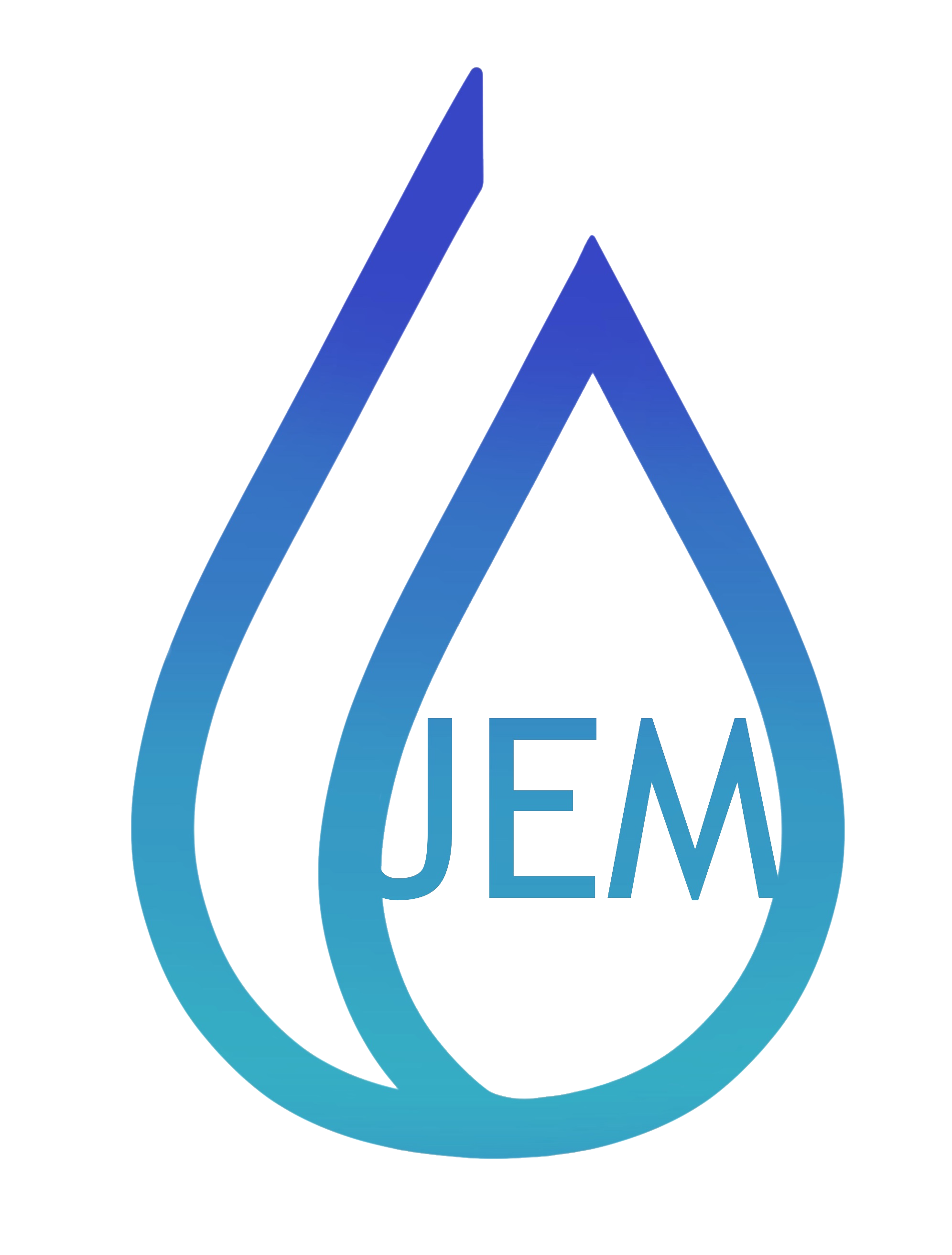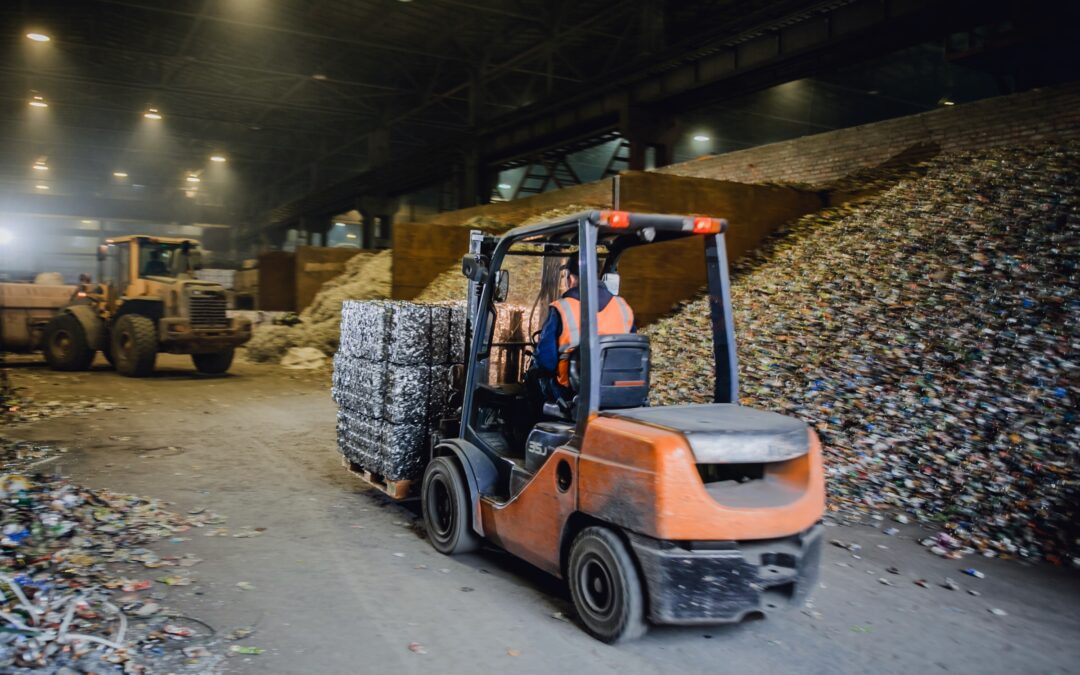Organizing work areas involves creating systems and processes that enhance workflow and increase productivity. This process includes developing plans for completing tasks, implementing effective storage solutions for equipment and materials, and establishing clear communication channels to ensure safety.
Discussion Points:
- Identify and address potential hazards and safety concerns.
- Implement a system to organize work areas effectively.
- Provide training on proper organizational techniques and procedures.
- Encourage employees to maintain clean and tidy work areas.
- Regularly review and update organizational procedures.
Discussion:
Organizing work areas is essential for creating a safe and efficient work environment. The process boosts productivity, enhances efficiency, and improves safety. Designated zones should clearly outline spaces for different tasks, activities, and storage.
Establishing clear boundaries and guidelines for the use of work areas is essential. Workstations should be organized for easy access and movement to maximize productivity, and work areas must be kept free of clutter to minimize hazards and prevent accidents and injuries. Proper lighting, ventilation, and temperature control are necessary to create a comfortable work environment. Ensuring that work areas are safe and ergonomically organized is vital for promoting employee well-being.
Clear pathways and designated storage areas for different materials are essential for safety and efficiency. Always maintain clean and unobstructed walkways and paths for forklifts throughout the work area. Separate pathways from work areas and consider using physical barriers to protect employees from hazardous work processes.
Designate specific areas for dismantling, sorting parts, crushing vehicles, and storing recyclable materials. Hazardous fluids, such as oil, gasoline, and antifreeze, must be kept separate from other parts and materials. This separation helps to reduce the risk of spills and accidents.
Use signage and color-coded labels to help employees locate materials and equipment easily. Proper signage and labeling promote a clean and organized work environment that complies with regulatory standards.
Tools and equipment, including wrenches, drills, hoists, and cutting torches, should be centrally located and easily accessible to all employees. This organizational process will save time and enhance safety by minimizing the need for employees to search for tools and equipment in various parts of the facility.
Organize items using cabinets, containers, and shelves. It is crucial to place heavier items on the bottom and lighter items on the upper shelves. This arrangement helps prevent shelving units from becoming top-heavy and tipping over. Additionally, positioning heavier items at the bottom makes them easier to access without lifting heavy objects above shoulder height.
In conjunction with proper shelf organization, clear signage stating that climbing on shelves is prohibited is essential. Climbing on shelves poses significant risks and can lead to severe injuries. To promote safety, provide a ladder or mobile stair system allowing employees to safely access items on higher shelves. By ensuring these tools are readily available, you can reduce the risk of employees resorting to unsafe methods to reach items stored on high shelves.
We can maintain a productive and secure work environment by prioritizing safety and organization.
As always, stay safe out there!


Recent Comments